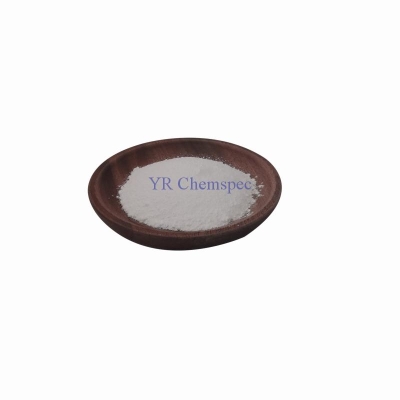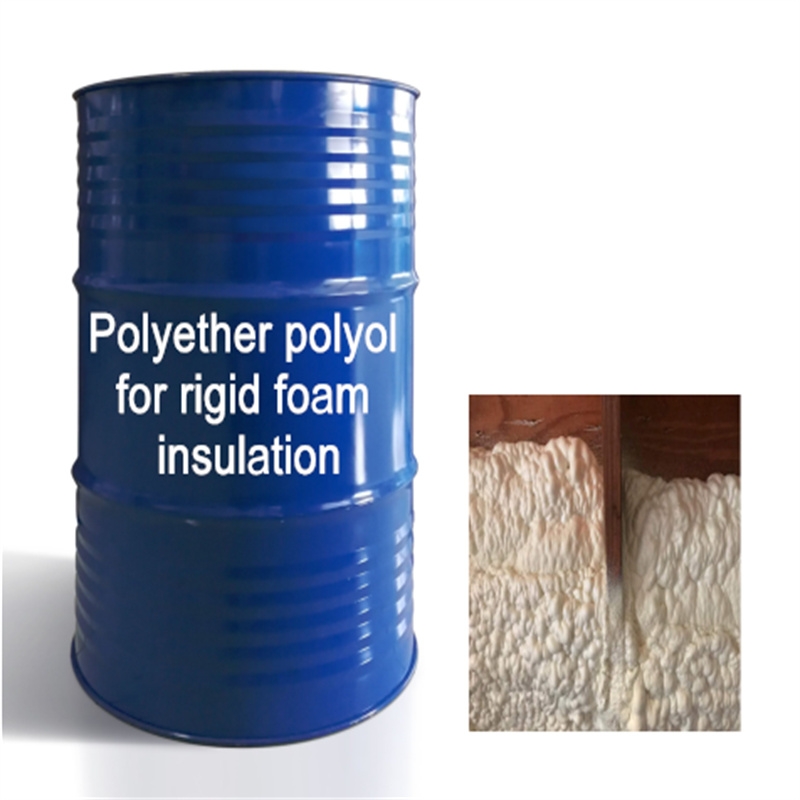-
Categories
-
Pharmaceutical Intermediates
-
Active Pharmaceutical Ingredients
-
Food Additives
- Industrial Coatings
- Agrochemicals
- Dyes and Pigments
- Surfactant
- Flavors and Fragrances
- Chemical Reagents
- Catalyst and Auxiliary
- Natural Products
- Inorganic Chemistry
-
Organic Chemistry
-
Biochemical Engineering
- Analytical Chemistry
- Cosmetic Ingredient
-
Pharmaceutical Intermediates
Promotion
ECHEMI Mall
Wholesale
Weekly Price
Exhibition
News
-
Trade Service
(2) Extraction method
The analysis of non-steroidal anabolic hormone residues mainly adopts liquid-liquid extraction (LLE) method
.
In recent years, some new extraction techniques, such as ultrasonic assisted extraction (UAE) and accelerated solvent extraction (ASE), have also begun to be applied to the extraction of non-steroidal anabolic hormone residues
1) Liquid liquid extraction (LLE)
A.
Stilbene
Stilbene -based compounds have better solubility in organic solvents slightly polar and medium polar in common organic solvents are methanol , diethyl ether , tert-butyl methyl ether , ethyl acetate , chloroform and acetonitrile and the like
.
Yang et al.
used methanol to extract the hydrolysate of pork, beef, shrimp, milk and liver, purified by a solid phase extraction column, and detected by LC-MSMS
.
The LOQ of DIS, HES and DES is 0.
Zhang Qin et al.
used ether to extract DES in chicken samples, and after purification by IAC, they were detected by the instrument
.
The LOD of the high performance liquid chromatography (HPLC) detection method was 22.
Li et al.
used acetonitrile-acetone solution (4+1, v/v) to extract DES from chicken and shrimp tissues, defatted with chloroform, and tested by ELISA
.
The LOD of this method is 600pg/mL, the recovery rate is greater than 79.
Yin Yi et al.
used ethyl acetate to ultrasonically extract DES in aquatic products, purified by Florisil cartridge, and determined by GC-MS
.
The method recovery rate is more than 80%, and the LOD is 0.
Coffin et al.
used the nature of DES to dissolve in an alkaline solution, repeatedly extracted DES residues in animal tissues with NaOH solution and chloroform, and then derivatized it for detection by gas chromatography (GC)
.
Its LOD can reach 2~10μg/L, and the recovery rate is 70%~110%
B.
RALs
RALs belong to the dihydroxybenzoic acid lactones.
They have two hydroxyl groups on the benzene ring.
They are weakly acidic and have highly similar chemical structures and properties.
The extraction solvents reported in the literature are ethyl ether, tert-butyl methyl ether, acetonitrile and methanol.
and so on
.
Peng Tao et al.
conducted a comparative study on the extraction efficiency of ether, acetone, n-hexane and ethyl acetate on RALs, and the results showed that the extraction efficiency of ether was the highest
.
After RALs in animal liver were hydrolyzed by β-glucuronide/sulfate complex enzyme in an acidic environment, anhydrous ether was added, shaking extraction, purification by HLB solid phase extraction column, and LC-MS/MS detection
Xia et al.
used acetonitrile to extract ZER, TAL, ZAN, ZON, a-ZOL and β-ZOL in milk, purified by a MAX column, and analyzed by LC-MS/MS
.
The average recovery of the method was 92.
C.
Simultaneous extraction of stilbene and RALs
Kathrin et al.
used ether to simultaneously extract stilbene compounds (DES, DIS, HES) and RALs (ZER, TAL, a-ZOL, β-ZOL and ZON) in cow urine
.
Add 2mL sodium acetate buffer (2mol/L, pH5.
2) to 5mL urine sample, add 100μL snail juice (Helix pomatia juice), place at 37°C in the dark for 16h or 50°C for 3h, after hydrolysis is complete, use hydroxide Adjust pH to 9.
0±0.
1 with sodium solution (2molL), extract twice with 5mL ether, evaporate to dryness, add 1.
5mL methanol and 3mL water, wash twice with 2mL n-hexane, discard the n-hexane layer, and purify with solid phase extraction column.
LC-MS/MS analysis
.
Methods The LODs of stilbene compounds and RALs were lower than 1μg/L and 1.
5μg/L, respectively, and the recoveries were 99.
2%-106.
0% and 99.
4%-107.
9%, respectively
.
2) Accelerated solvent extraction (ASE)
ASE refers to a novel sample pretreatment method that uses solvents to extract solid or semi-solid samples at elevated temperature (50-200°C) and pressure (1000-3000 psi or 10.
3-20.
6 MPa)
.
Compared with the traditional extraction method, ASE is fast, with less solvent consumption, high extraction efficiency, good recovery rate of the components to be tested, and can realize fully automatic and safe operation
.
The pretreatment of non-steroidal anabolic hormone residue analysis has also been reported in the literature
.
Gadzala-Kopciuch et al.
established ASE to extract ZON and its metabolite a-ZOL from tissues
.
Chicken muscle and liver tissues were used for additive recovery experiments to compare methanol-water, acetonitrile-water, and their mixtures in different proportions
.
The results showed that the recovery rate of acetonitrile-water (84+16, v/v) was the highest (the recovery rates of ZON and a-ZOL were 95.
4% and 97.
9%, respectively), and the co-extraction impurity was small; n-hexane degreasing would affect the recovery rate; Solvent (methanol, acetonitrile, chloroform, etc.
) extraction recovery rate is poor
.
The best conditions for ASE are: pressure 1500psi, temperature 200℃, static extraction time 5min, static circulation 5 times, and the volume of flushing solvent is 75% (about 11mL) of the tank volume
.
The LODs of ZON and a-ZOL detected by this method were 8.
10ng/g and 14.
02ng/g, and the LOQs were 24.
30ng/g and 42.
06ng/g, respectively
.
3) Ultrasound-assisted extraction (UAE)
UAE uses the strong mechanical vibration, perturbation effect, emulsification, diffusion, crushing and stirring produced by ultrasonic radiation pressure to increase the frequency and speed of the movement of material molecules, increase the penetration of the solvent, and accelerate the entry of the target component into the solvent.
Promote extraction
.
The advantages are fast extraction speed, low price and high efficiency
.
There are reports in the literature that UAE technology is used to improve the extraction efficiency of non-steroidal anabolic hormones
.
Zhang et al.
used methanol as the extraction solvent and ultrasonicated for 30 minutes at room temperature to extract DES from the meat, and then extracted three times with chloroform under alkaline conditions (pH 10.
3), and detected by chemiluminescence method
.
The recovery rate of the method is 93.
1%~104.
5%, the CV is less than 3.
0%, and the LOD is 0.
75~1.
12pg/mL
.
Ying Yongfei et al.
used methanol as the extraction solvent and ultrasonicated at 60°C for 5 minutes to extract stilbene drugs such as DIS, DES, and HES in animal tissues for LC-MS/MS determination
.
The LOD of the method is 0.
2μg/kg, and the LOQ is 0.
5μg/kg; within the range of 0.
5-10μg/kg addition concentration, the recovery rate is 78.
8%~10.
9%, and the intra-assay RSD is less than or equal to 8.
0%
.
Zhou Jianke and others used UAE method to extract DES in milk powder for middle-aged and elderly people
.
Petroleum ether was added to the milk powder sample , ultrasonically extracted for 5 minutes, centrifuged, the petroleum ether was discarded, and then acetonitrile was added, ultrasonically extracted for 5 minutes, centrifuged, the lower layer of acetonitrile was removed, nitrogen was concentrated and the volume was adjusted to 0.
2 mL, and the HPLC measurement was performed
.
The LOD of DES is 0.
025 mg/L, the RSD is between 1.
55% and 3.
46%, and the average recovery rate is over 85.
0%
.
Related Links: Pretreatment method for analysis of non-steroidal anabolic hormone drug residues-hydrolysis







